Speedwells (Veronicas) - introduced and native (Veronica species)
Family: Scrophulariaceae (Speedwell and Veronica family).
Veronica flowers usually have 4 pale blue to blue petals.
Ivy-leaf Speedwell - a weed (*Veronica hederifolia)
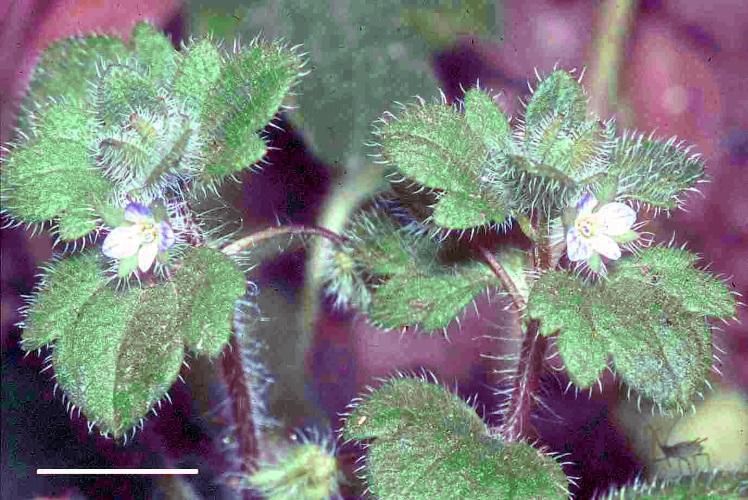
Native of Europe.
Occurrence: Scattered. Weedy places and gardens.
Identification:
- it is a sprawling, branched annual
- the flowers are pale blue to lilac and usually smaller than the sepals
- there are scattered hairs on the stems and leaves
- the leaves are as broad as long and have 1 to 3 pairs of coarse teeth.
- the flowers are on short (5-15mm) stalks.
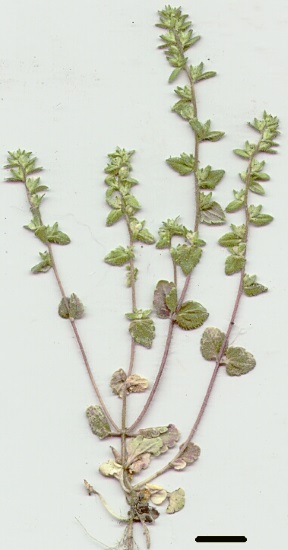
Wall Speedwell - introduced (*Veronica arvensis)
Native of Europe and Asia.
Occurrence: Widespread. Weedy places, gardens etc.
Identification:
- it is an erect annual
- flowers are small, pale blue to lilac and almost hidden by the sepals
- the flowers are on short (less than 5 mm) stalks
- the upper leaves (from which the flowers grow) are much smaller than the lower, paired leaves
- the leaves are as broad as long and have rounded teeth.
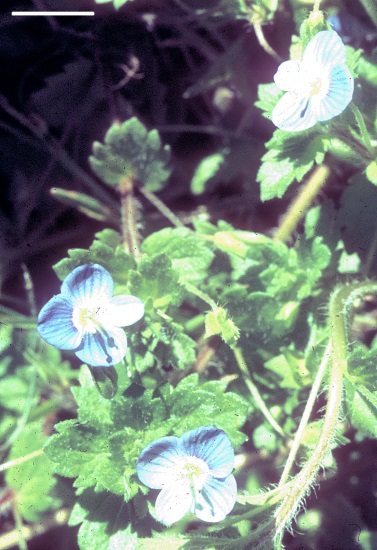
Creeping Speedwell - introduced (*Veronica persica)
Native of SW Asia.
Occurrence: Scattered. Weedy places, gardens etc.
Identification:
- it is a sprawling annual
- flowers are pale blue and about as large as the sepals
- the leaves are almost as broad as long and have 1 to 3 rounded teeth
- the flower stalks and the stalks of the fruit are long and often drooping.
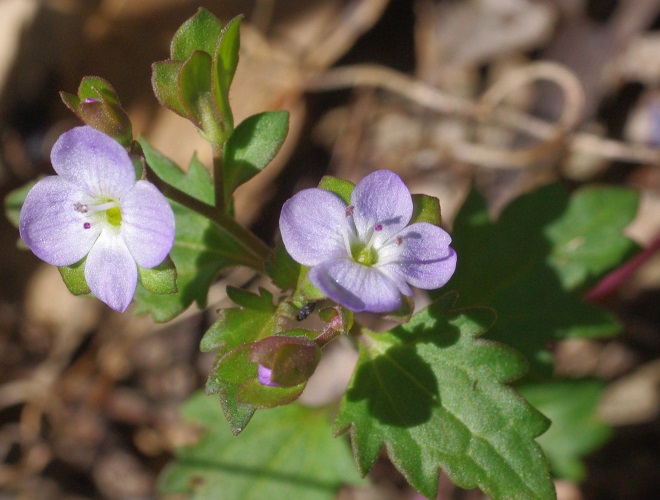
Trailing Speedwell - a native (Veronica plebeia)
Native of Eastern Australia.
Occurrence: Widespread in local forests. It may be locally abundant.
Identification:
- it has creeping stems
- the flowers are in short sprays, not single as in most of the introduced speedwells
- the flowers are wider than the sepals
- the leaves have several triangular teeth.
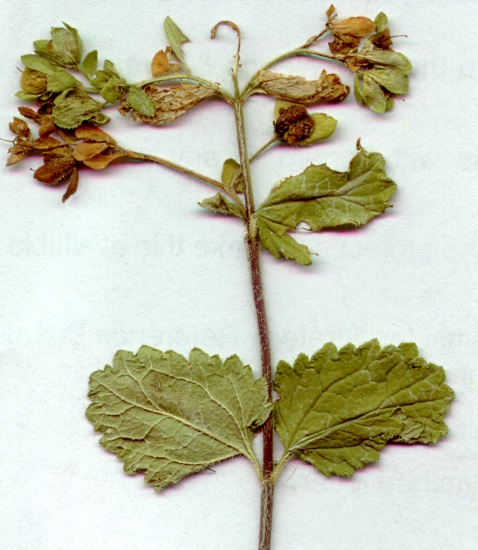
Hairy Speedwell - a native (Veronica calycina)
Native of all States.
Occurrence: Damper forests. Uncommon in the dryer forests.
Identification:
- it has creeping stems, which may form roots
- the stems have long hairs (over 1 mm long) in bands along the stem; There are scattered hairs elsewhere on the plant
- the flowers are in short sprays
- the broad leaves have numerous irregular teeth.
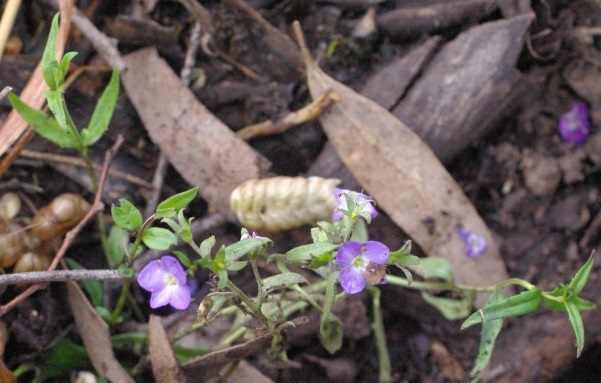
Slender Speedwell- a native (Veronica gracilis)
Native of SE Australia.
Occurrence: Rare in Box Ironbark forests. More common in wetter forests.
Identification:
- it is a slender, upright plant
- the leaves are narrow and come to a fine point
- the flowers are lilac to blue.
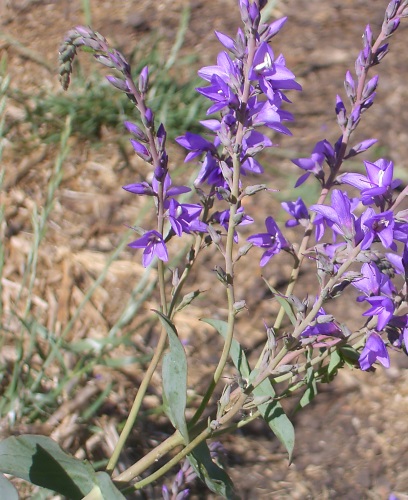
Digger's Speedwell - a native (Veronica perfoliata)
Other Names: Derwentia perfoliata, Parahebe perfoliata.
Native of NSW and Victoria.
Occurrence: Widespread in box-ironbark forests.
Identification:
- it grows to about half a metre high
- it has spikes of blue flowers clustered at the top of the plant
- the leaves often join together, so that the stalk passes through the centre of the leaf
- it is often to be found in hard dry rocky places.
- the leaves are grey-green.
Digger's Speedwell makes an excellent garden plant.
Digger's Speedwell. Kaweka Wildflower Reserve.